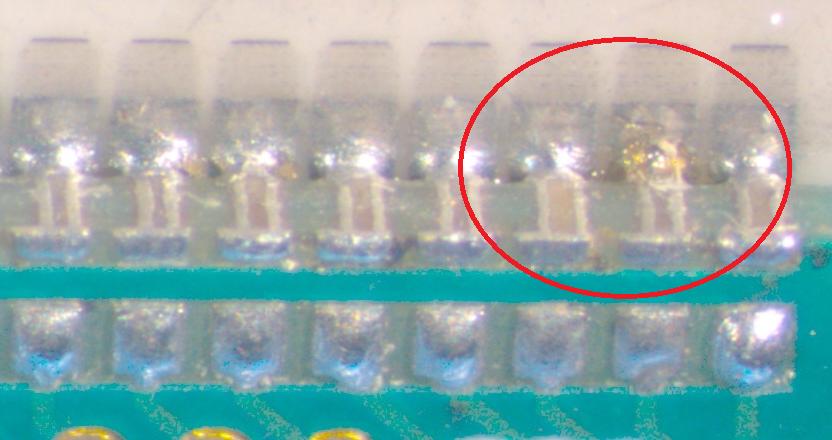Strictly speaking, there is no such thing as a No Clean Solder paste; there are low residue pastes and for low complexity low value boards it may indeed be run through the process without cleaning but I would not do this for a board with relatively high voltages that has to exhibit high reliability.
Before going further on flux, it should be noted that the corrosion of lead free solders (at least the SAC types) is galvanic (I found that during an investigation for a previous company from IEEEXplore research papers) due to dissimilar metal corrosion. This is due to the relative anodic potentials of the metals involved.
In addition to that, lead free solders are more difficult to use than the classic SnPb types (they require a longer time in reflow - hand soldering takes 5 or so seconds compared to a second or so for SnPb); as they are somewhat more difficult (not impossible but more care must be taken for the reflow profile) the possibility of solder splash and flux outgassing is a bit higher.
As your units are destined for high humidity environments for at least some of them (and I assume they are in a relatively normal atmospheric environment apart from the high humidity) then conformal coating seems unavoidable to prevent (or at least inhibit) that corrosion as salts are naturally in the air and will combine with any moisture to create a current path somewhere quite apart from degrading solder joints due to corrosion.
I have had this problem in the past where the cleaning tanks were not clean enough and left salts on the board and the boards were then conformally coated; conformal coat is not a perfect moisture barrier and given sufficient humidity some moisture will end up beneath it but in this case the residues prevented the coating from properly adhering to the PCB.
That particular board had a 50V static inverter to drive an escrow relay in a payphone and the drive transistor shorted out and burned a hole in the board (the transistor fell through the hole).
Where residues exist on a PCB, climatic and environmental stress (heating, cooling, vibration) can cause the residues to crack and absorb moisture if left exposed which can induce unfortunate failure modes including electrochemical migration and leakage paths (which you have identified as problematic).
Attempting to conformally coat a board with flux residues can (and probably will) lead to poor coating adhesion and potential delamination of the coating (so there is now a clear moisture ingress path).
Residures cn also, under some circumstances, promote dendrite growth (giving rise to potential localised short circuits).
I would also note that the flux residues themselves are in fact 'salts'; add moisture and you get potential short circuits.
So if you are going to conformally coat a unit, you really have no choice but to thoroughly clean the board post assembly with the last stage being a deionised water bath and then a slow bake to ensure all (well, the vast majority of of it) moisture has been expelled prior to conformal coat.
Further reading.

